 |
The power and quality of data will likely grow more rapidly than the power and quality of our best models.
|
223 |
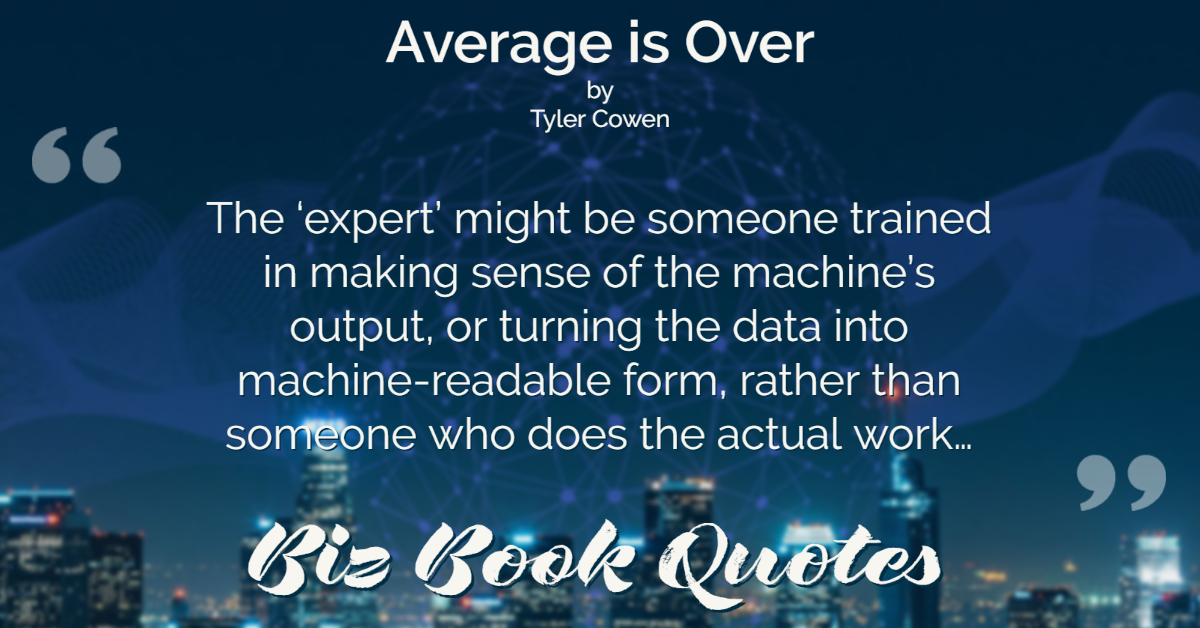 |
The ‘expert’ might be someone trained in making sense of the machine’s output, or turning the data into machine-readable form, rather than someone who does the actual work…
|
225 |
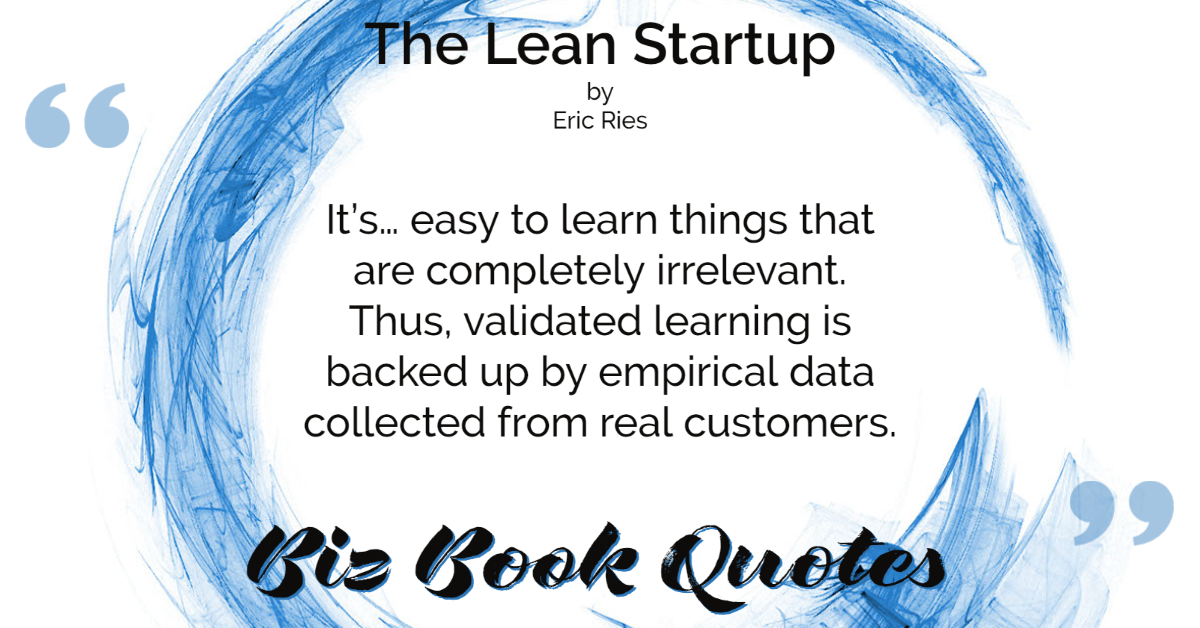 |
It’s… easy to learn things that are completely irrelevant. Thus, validated learning is backed up by empirical data collected from real customers.
|
49 |
 |
Most data reporting systems are not built by product development teams, whose job is to prioritize and build product features.
|
147 |
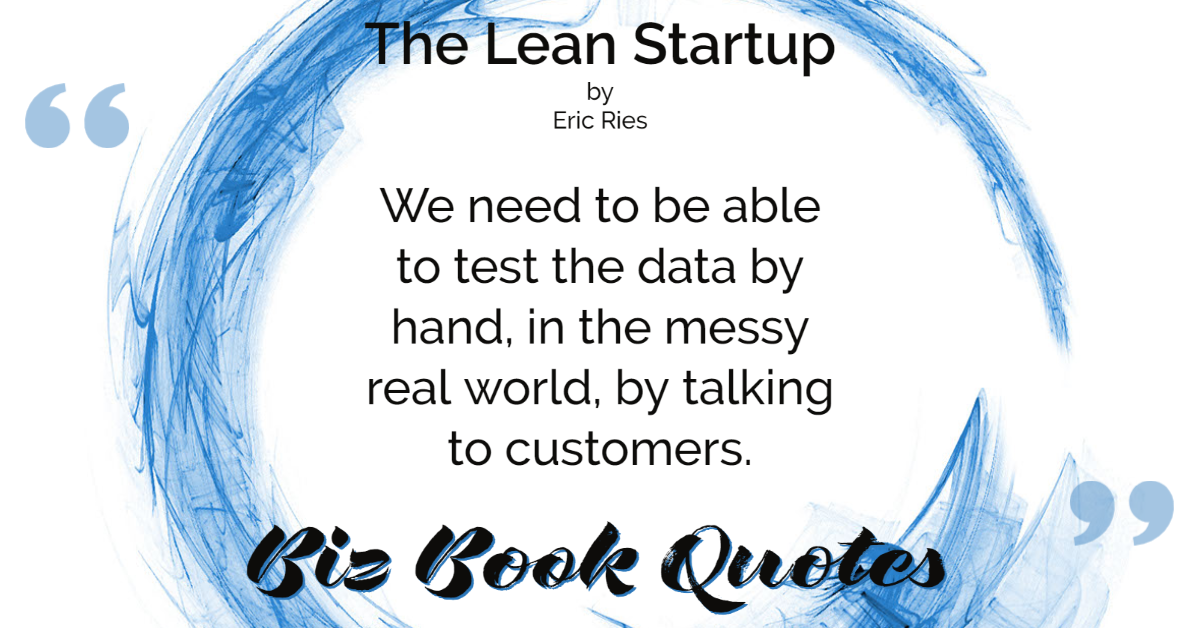 |
We need to be able to test the data by hand, in the messy real world, by talking to customers.
|
147 |
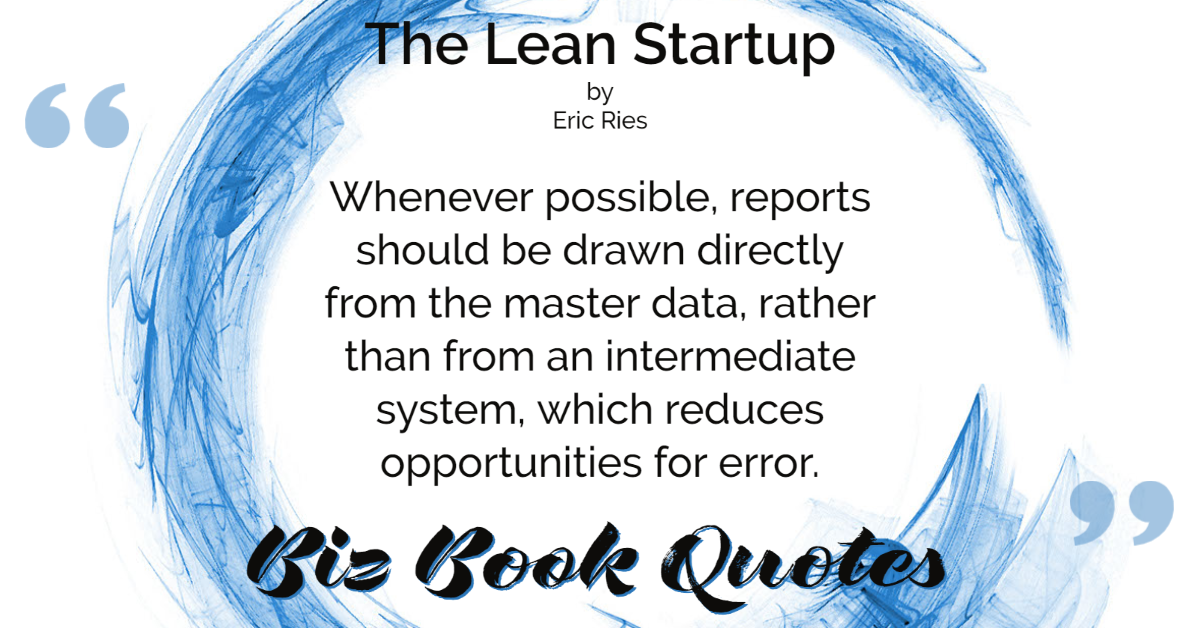 |
Whenever possible, reports should be drawn directly from the master data, rather than from an intermediate system, which reduces opportunities for error.
|
147 |
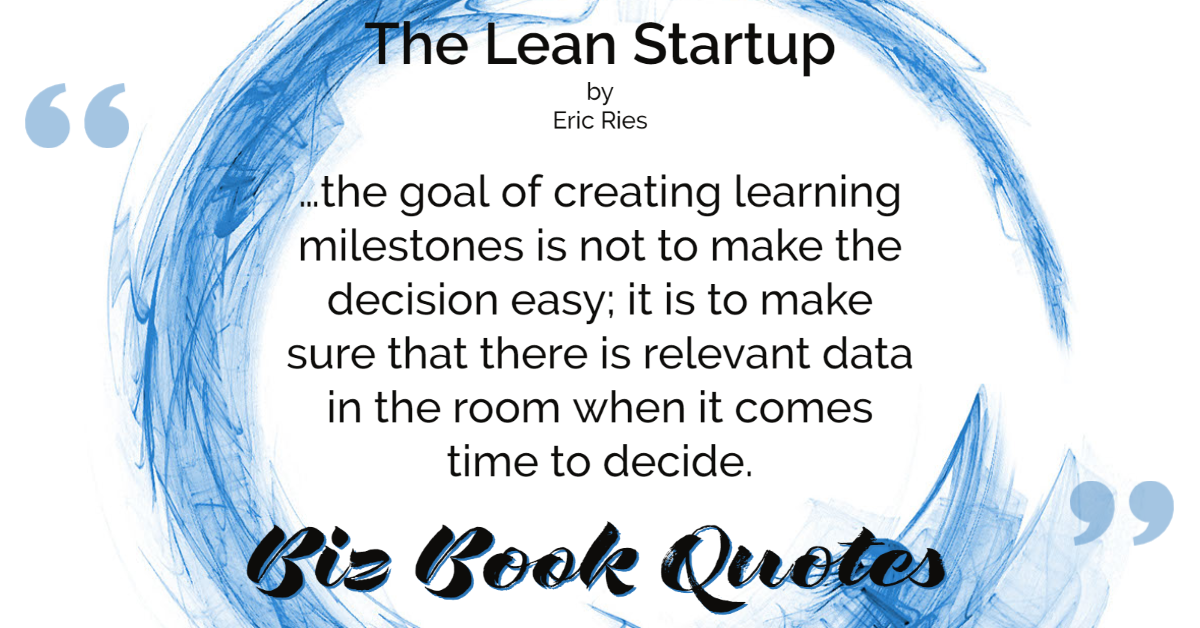 |
…the goal of creating learning milestones is not to make the decision easy; it is to make sure that there is relevant data in the room when it comes time to decide.
|
153 |
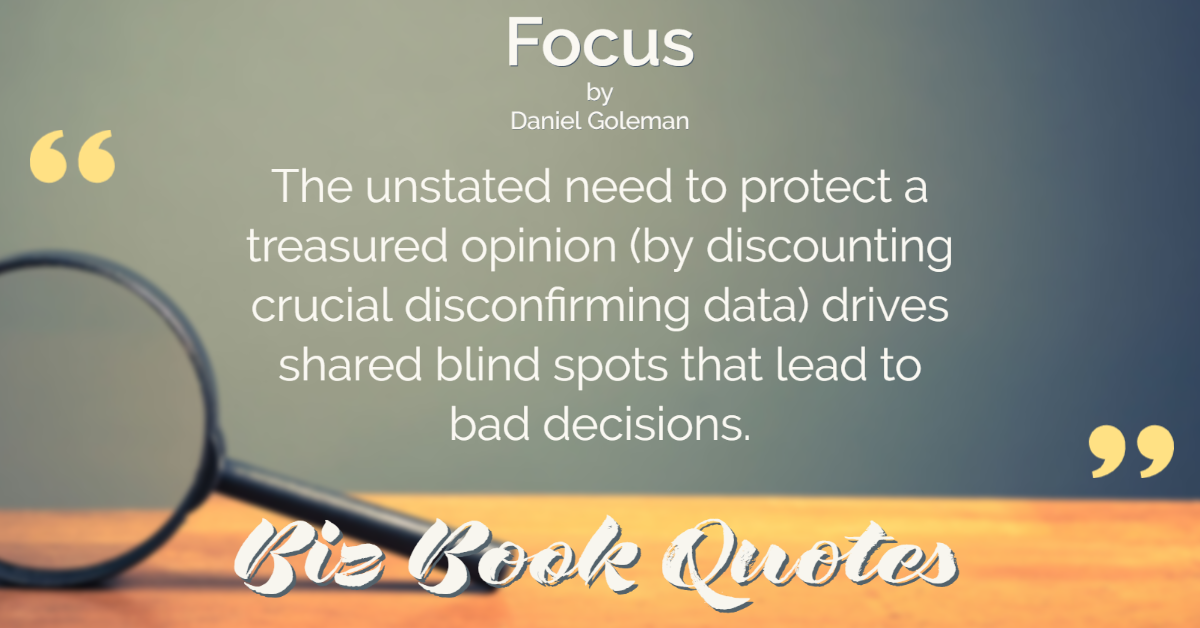 |
The unstated need to protect a treasured opinion (by discounting crucial disconfirming data) drives shared blind spots that lead to bad decisions.
|
72 |
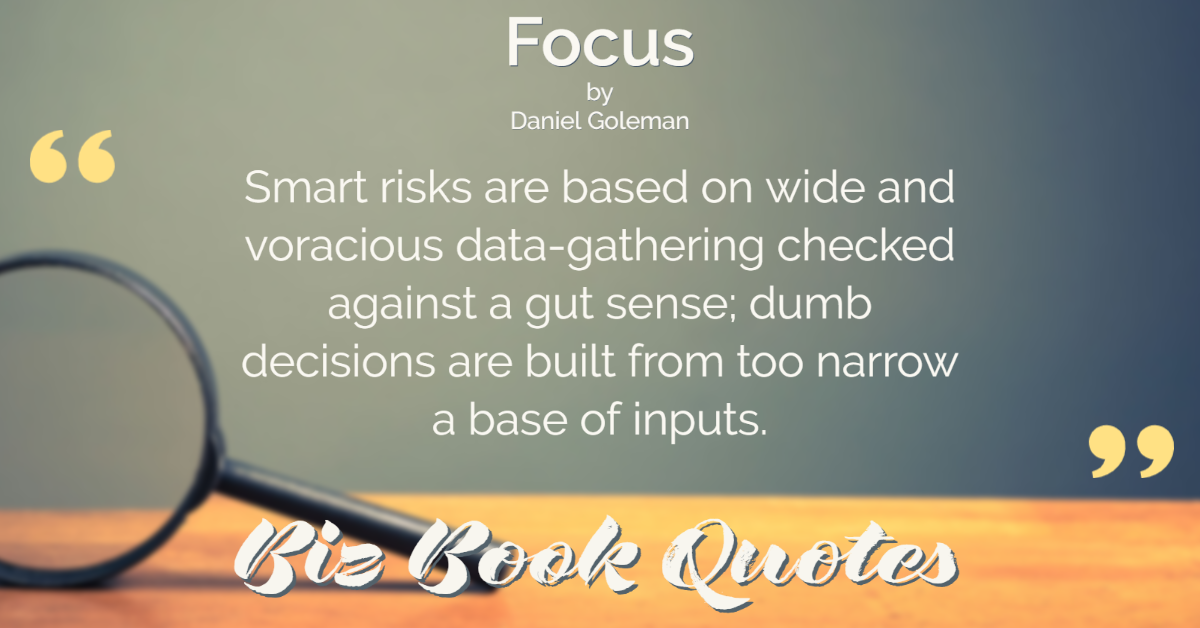 |
Smart risks are based on wide and voracious data-gathering checked against a gut sense; dumb decisions are built from too narrow a base of inputs.
|
75 |
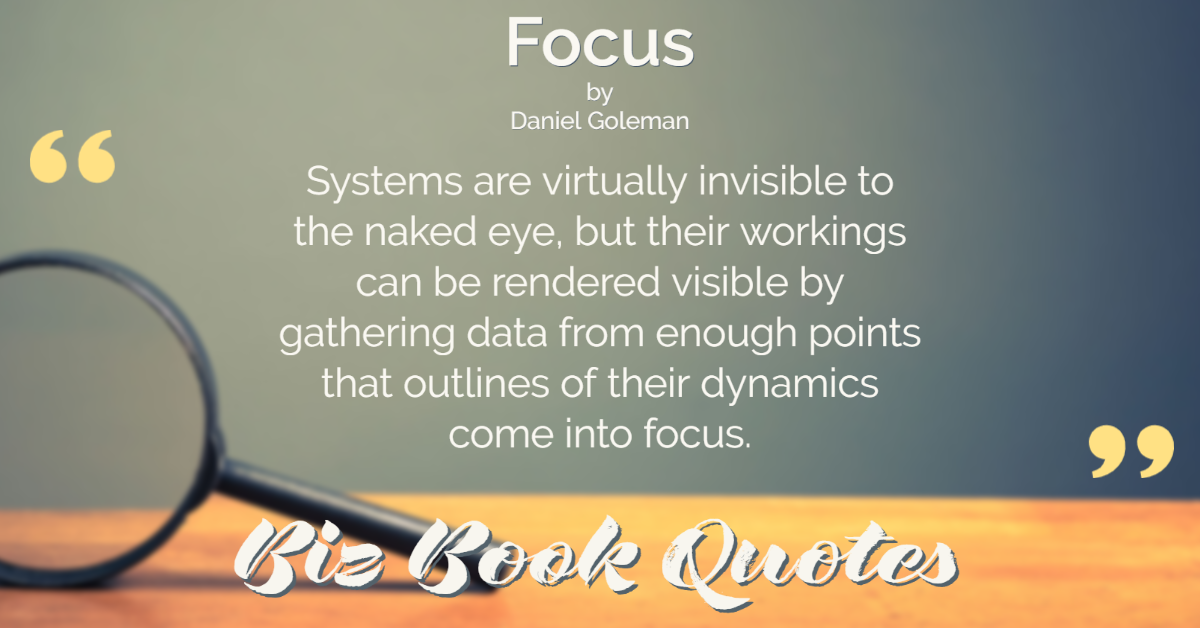 |
Systems are virtually invisible to the naked eye, but their workings can be rendered visible by gathering data from enough points that outlines of their dynamics come into focus.
|
133 |